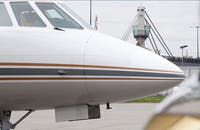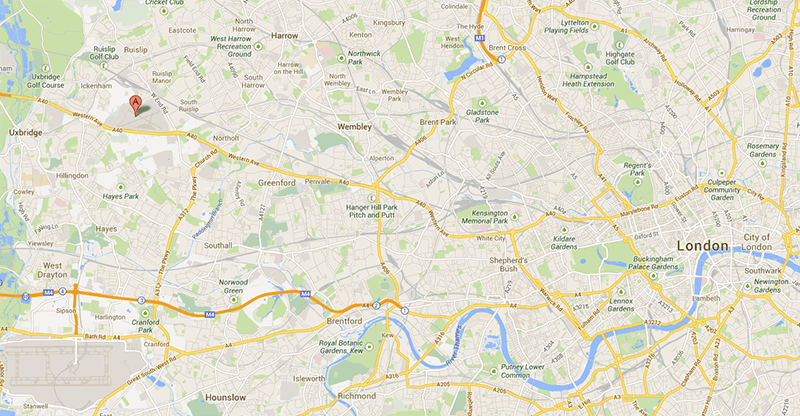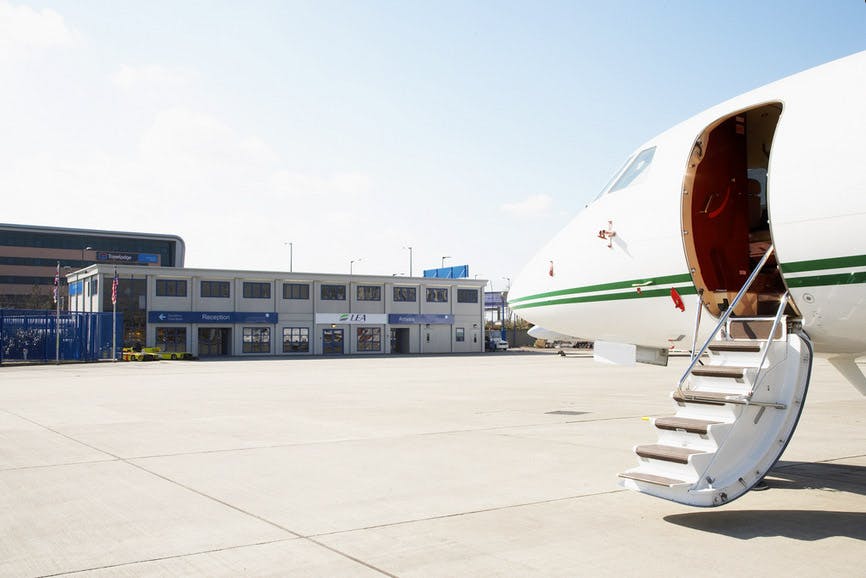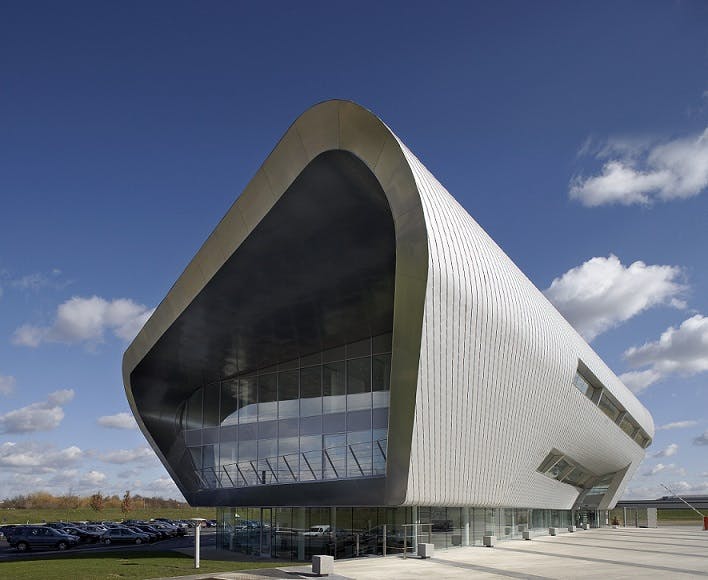Will The Queen’s favourite airport survive a regulatory review?

London RAF Northolt is currently being targeted by some of its rival business aviation airports, who are asking for clarification on how it is regulated for safety. The rivals – led by London Oxford Airport and London Biggin Hill Airport – feel Northolt has a competitive advantage, as it is still regulated as a military airport, despite its increasing numbers of civilian flights.
The result of a judicial review – if it goes against the Ministry of Defence (MOD) – could see London’s premier VIP airport, and the preferred airport for the Queen and royal household, sold for residential housing.
Selling unused land at RAF Northolt, given its prime West London location, is an option for the UK military who are desperate to reduce expenditure. While essential military services at the base, such as the British Services Post Office, could be retained, a large amount of land is taken up by the airfield and runway. If the runway length was reduced (which is one of the possible outcomes), the resulting drop in business aviation revenue would mean the MOD could not justify continuing to run a runway at RAF Northolt.

It’s really a case of Northolt becoming a victim of its own success. Previously purely a military airport, in the past decade it has been made available for private civilian flights – including those referred by Heathrow (which has been scaling back its private flights at the same time). And customers have been voting with their jets since, in ever increasing numbers. The cap on annual flight movements was recently increased to 12,000 from the previous limit of 7,000 – by 2016, it plans to offer 17,500.
Northolt’s popularity has had a detrimental impact on other business aviation airports in the London area. In addition to Oxford and Biggin Hill, London’s Luton and Farnborough airports have also lost business (Farnborough has seen growth due to the uncapping of its own flight movements, but its demand would have been even greater).
And this was during an economic period that was already commercially challenging. So it’s understandable that this has led to them questioning the way Northolt is operated and regulated, and calling for a ‘level playing field’.
Why do customers want to land at Northolt?
There is no doubt that London RAF Northolt holds strong appeal with the private jet customer travelling to or from London. It offers a winning combination of location; (just 12 miles from the centre of London); privacy; and service.
It’s the closest private jet airport to Mayfair, with driving times from London RAF Northolt as little as 28 minutes. Compare this to the 1 hour 10 minutes from London Oxford, or just under an hour from Biggin Hill.
As the military airport used by the Queen and royal family, it has exceptional security and is very discreet for those looking to travel with a low profile.
It also has very high service levels. Since London City Airport took over the running of Northolt’s Jet Centre in 2006, the airport has offered the same consistently high and efficient service as the City location – setting the standard for Europe.

Can London’s private jet airports ever operate on a level playing field?
All of London’s airports operate under different restrictions for private jet flights, which are calculated based on their environmental impact, location, capabilities and infrastructure – most obviously the length of the runway.
Those in residential areas have restrictions on their flight numbers and opening hours – and of course, commercially speaking, they would prefer this was otherwise. Biggin Hill would like to be able to operate later into the night. And London Farnborough was finally successful in increasing its slot capabilities, after campaigning for years for an increase.
And an airport’s runway length will dictate which types of aircraft can take off and land there. Those with longer runways can offer their services to a wider customer base – whereas others can only accommodate smaller aircraft. See How Much Runway Does An Aircraft Need To Take Off?
If all airports were unlimited in access, runway length and slots, then price and location would be only considerations. But when it comes to London’s airports, this is not really possible – even without this current question of Northolt’s regulation.

What are the other airports objecting to?
London Biggin Hill and London Oxford airports have highlighted specific aspects of Northolt’s infrastructure – such as a petrol station too close to the touchdown point – that would not be allowed if it was regulated by the CAA (Civil Aviation Authority) but which are permissible for military airports under the Military Airports Authority (MAA) guidelines. They argue that the less rigorous regulations it operates under give Northolt a competitive advantage over other London airports – and have also questioned its safety for civilian flights.
So what will happen next? Here’s a summary of the situation, as I see it:
1) The MOD would like to earn as much revenue from Northolt as possible – under the Wider Markets Initiative, which allows the military to look to gain commercial value from its assets that can’t be reduced.
2) Customers clearly like using Northolt – we see this all the time at PrivateFly. The demand is there for the reasons shown above. And this has upset other surrounding airports.
3) The operational environment at Northolt (flight paths and airport infrastructure) is currently regulated under military guidelines. If Northolt was a civilian airport, regulated under the CAA, it would not be licensed.
4) To change Northolt to meet civilian airport standards would either cost millions, or mean reducing the official length of the runway – restricting its use by bigger aircraft. Currently most sizes of private jet, up to large cabin aircraft, can land there. This would include the complication of how to handle flights by the Royal household, which are now predominately in CAA registered aircraft, and not with the Royal Air Force.
5) Biggin Hill and Oxford are absolutely right to request an explanation from the CAA as to why they are not enforcing their regulations at Northolt – as they have to operate under a significantly higher cost of business.
The needs of customers must come first
London Biggin Hill has written formally to the CAA and is awaiting a reply, so we will keep a close eye on developments.
When the CAA is looking at this case, I hope they put interests of customers first. There will need to be a great deal of consideration given to balancing all the considerations of safety, and commercial fairness. But decisions to close runways are very rarely unpicked and can be a cause of regret. This was widely felt after the closure of Berlin Templehof (closed after environmental concern, but a superb airport giving much improved access for Berlin).
If the CAA were to close RAF Northolt for civilian flights, it would be very difficult to reopen it. Ideally consideration of Northolt’s role for private aviation in London should be included in the overall view on Heathrow. The debate on runway capacity in the South East of England has just got even more complicated, nobody likes upsetting the Queen!


